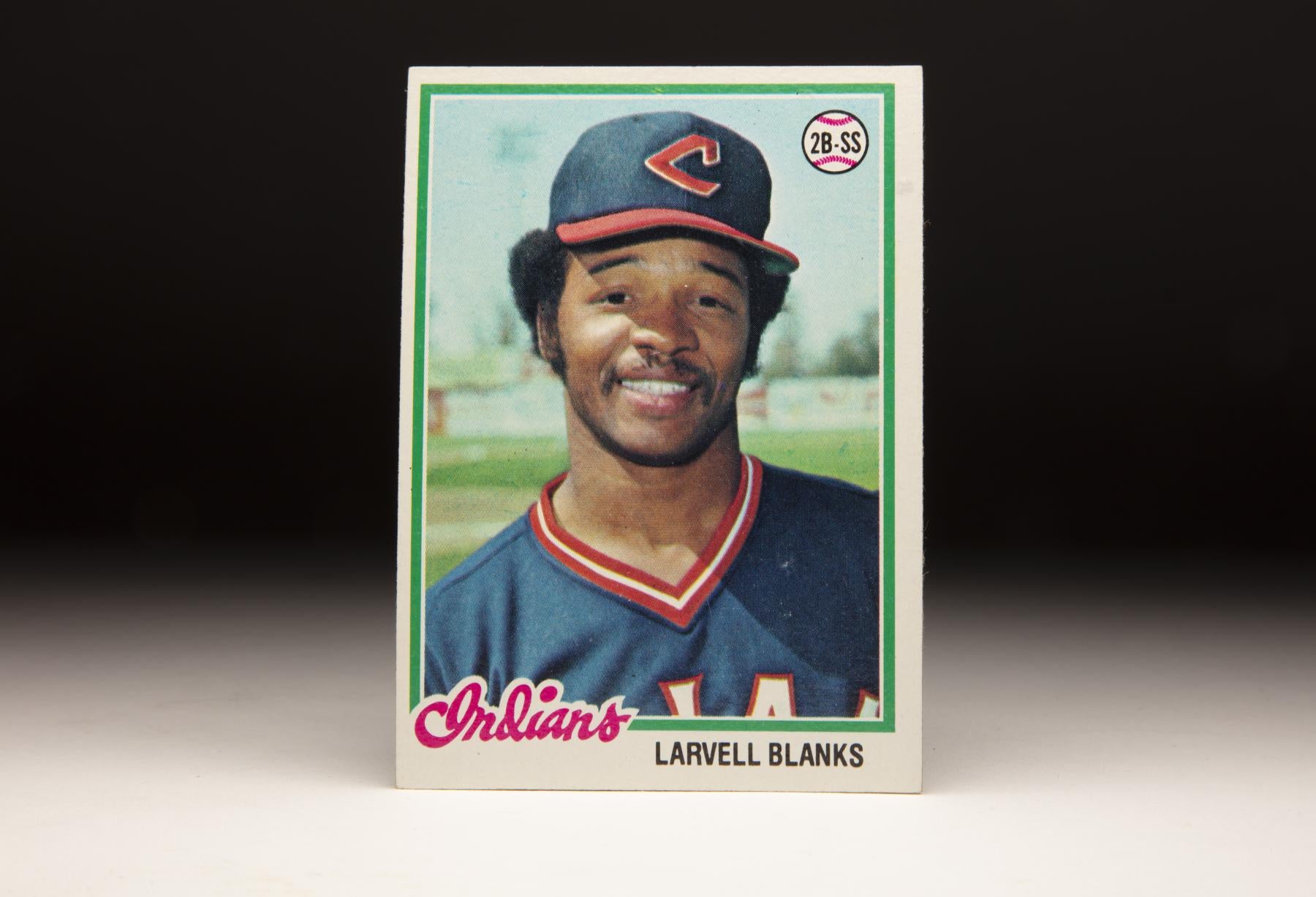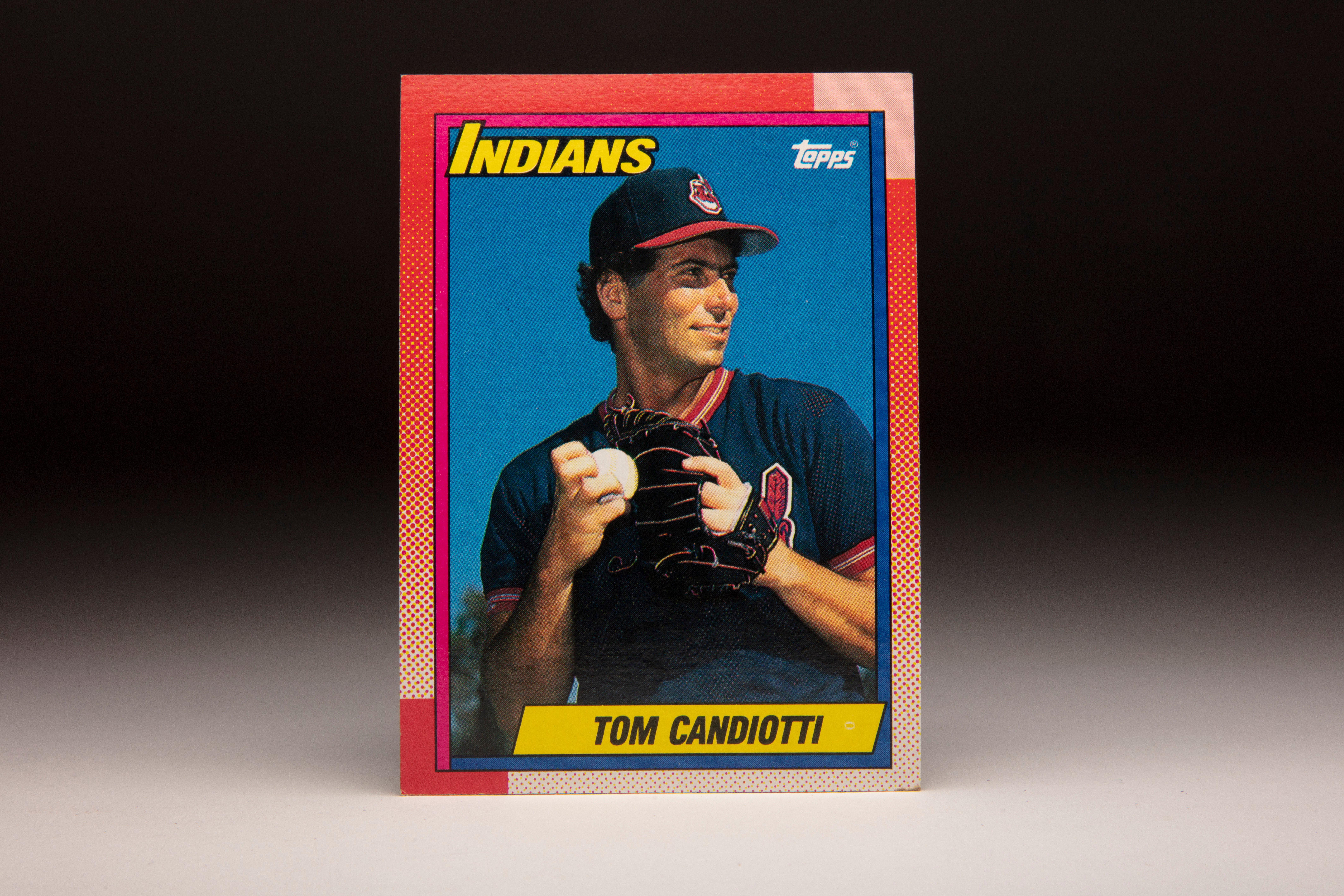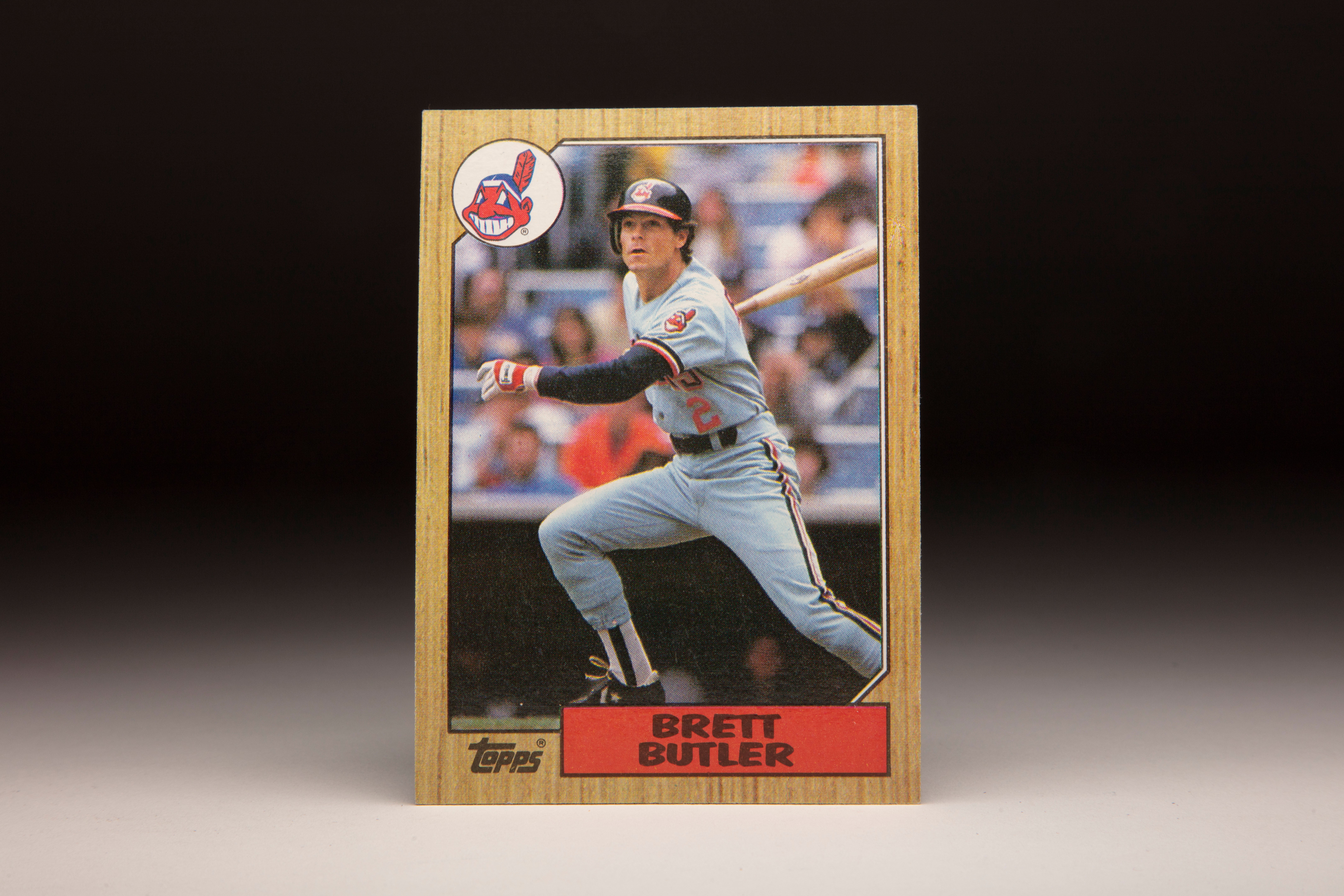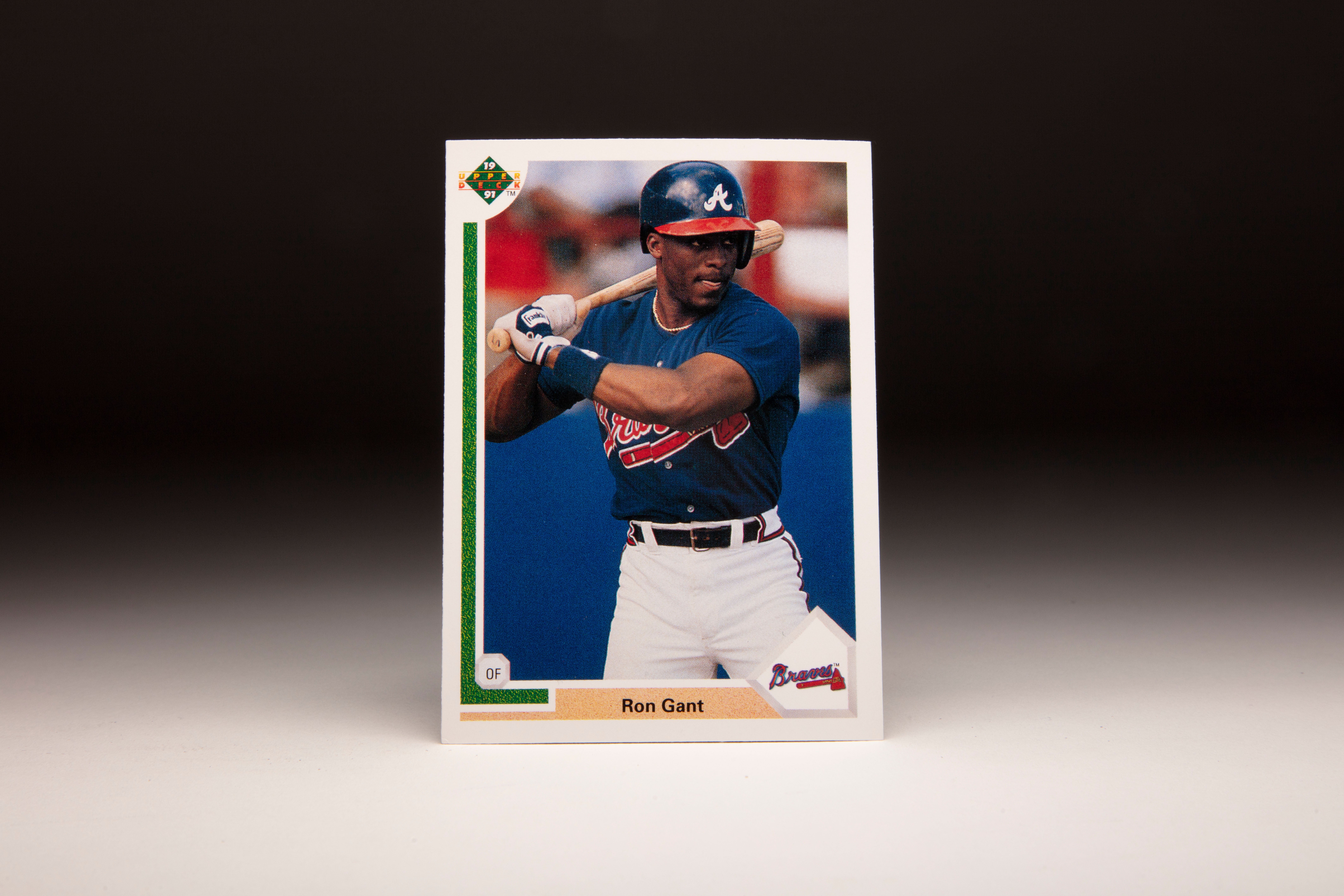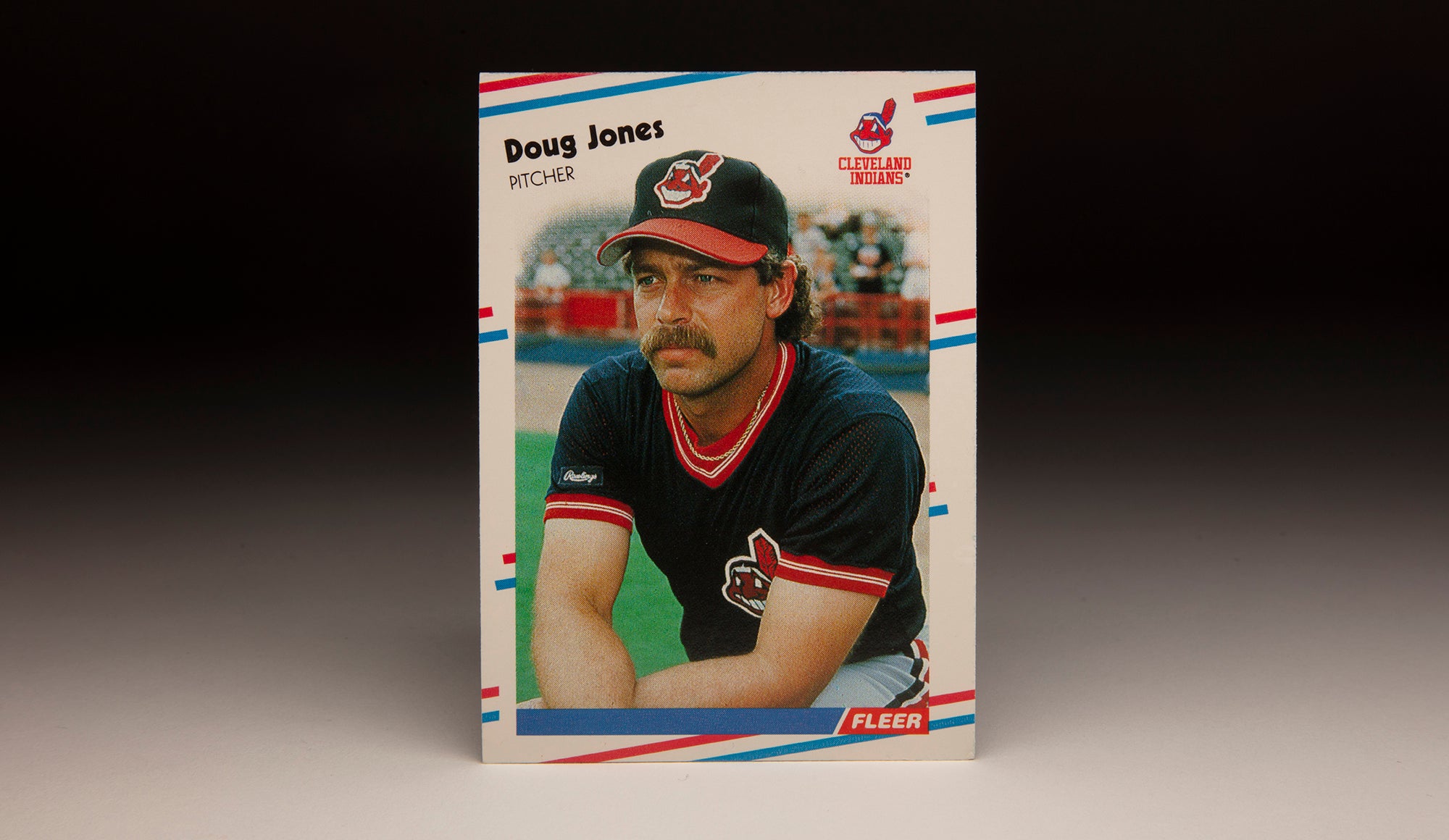#CardCorner: 1978 Topps Larvell Blanks
It was a different era, when social media did not exist and much of what happened in the clubhouse stayed there.
Still, the reports from back in the day documenting the relationship between Cleveland manager Frank Robinson and infielder Larvell Blanks are almost beyond belief.
The stories range from Blanks taking off his uniform and burning it in the clubhouse – protesting the fact that Robinson didn’t put him in the Indians’ lineup – to breaking bats and stools.
Hall of Fame Membership
There is no simpler, and more essential, way to demonstrate your support than to sign on as a Museum Member.
Be A Part of Something Greater
There are a few ways our supporters stay involved, from membership and mission support to golf and donor experiences. The greatest moments in baseball history can’t be preserved without your help. Join us today.
“Like anybody else, I want to play every day,” Blanks told the Arizona Daily Star at the start of Spring Training in 1977. “But I’m not going into (Robinson’s) office and ask what his plans are.”
Blanks only once appeared in more than 105 games in a big league season. But he was involved in several major trades – demonstrating that his talents were in demand throughout the 1970s.
Born Jan. 28, 1950, in Del Rio, Texas, to Hannah Mae Blanks and Herbert Blanks, Larvell Blanks was a star quarterback at San Felipe High School and seemed poised to follow his uncle, Sid Blanks, into the professional ranks. Sid Blanks played six years in the American Football League and then the NFL for the Oilers and Patriots from 1964-70, but Larvell – who starred in Val Verde County Little League and Babe Ruth League in Del Rio – chose baseball when he was selected in the third round of the 1969 MLB Draft by the Braves. Turning down several college scholarship offers, the 5-foot-8 Blanks signed with the Braves immediately after his final high school game. He reported to Magic Valley of the Pioneer League, where he hit .289 with 60 RBI in 72 games.
The Braves sent Blanks to the Arizona Instructional League following the season, and while he was there Blanks attended classes at Mesa Junior College and then served as a substitute teacher in his hometown’s school district in the winter of 1970.
Then during the 1970 season, Blanks established himself as a top prospect by hitting .277 with 15 homers, 69 RBI and 19 steals in 116 games for Class A Greenwood of the Western Carolinas League.
By this time, Blanks had long ago been tagged one of the most sweet-sounding nicknames in the game’s history: Sugar Bear.
“People don’t like to call me Larvell,” Blanks told the Troy (Ohio) Daily News in 1975. “They either call me Lavelle or Bear.”
Blanks was promoted to Double-A Savannah in 1971, and he struggled against the better competition – hitting .222 in 134 games while moving to second base after playing most of the 1970 season at third. But he impressed the Braves’ front office during an exhibition game against the big league club where he went 2-for-4 with a home run.
“Larvell Blanks looked like he was going somewhere,” Braves general manager Paul Richards said.
Blanks returned to Savannah in 1972 and fared much better, hitting .284 with six home runs and 34 RBI in 83 games through mid-July.
On July 19, 1972, the Braves placed outfielder Rico Carty on the disabled list with left elbow tendinitis and called Blanks up to the big leagues. Thrust into the starting lineup that night against Pittsburgh, Blanks singled in his second plate appearance against Nelson Briles and hit safely in each of his first six games.
Blanks was hitting .415 a month into his big league career before finishing the season with a .329 average in 33 games.
The Braves accommodated Blanks on Dec. 12, 1975, packaging him with Ralph Garr in a deal with the White Sox that brought Ken Henderson, Dan Osborn and Dick Ruthven to Atlanta. Chicago then immediately sent Blanks to the Indians in exchange for Jack Brohamer.
Blanks played winter ball in Venezuela that year and reported to Cleveland’s Spring Training camp in Tucson eager to impress Robinson, who had become the first Black manager in AL or NL history in 1975.
“Coming to Cleveland is like a new lease on life,” Blanks told the Associated Press in the spring of 1976. “There were some things in Atlanta I wasn’t happy about. Even though I was starting, I didn’t feel that secure.”
But Blanks found himself back on the bench that year when Robinson went with Frank Duffy, a superior fielder, at shortstop and Duane Kuiper at second base. Blanks hit .280 with 41 RBI in 104 games, leading some to believe he would earn a starting job in 1977. But Robinson again went with Duffy and Kuiper as his middle infielders, leaving Blanks in a reserve role until September when he replaced injured Buddy Bell at third base for much of the final month of the season.
On Oct. 3, 1978 – two days after the last day of the season – Blanks and Jim Kern were traded to the Rangers in a deal that sent Len Barker and Bobby Bonds to Cleveland. The trade also brought Blanks back to his home state.
But Rangers manager Pat Corrales barely used Blanks at the start of the 1979 season, as he appeared in only one of the team’s first 22 games. With middle infielders Nelson Norman and Bump Wills slumping, however, Corrales turned to Blanks regularly in May.
“He’s gotten some key hits for us,” Corrales told the Fort Worth Star-Telegram, “and driven in some big runs.”
The playing time, however, would not endure. After starting at shortstop for much of June, Blanks was back on the bench as the summer stretched on and finished the year hitting .200 in 68 games. On Dec. 6, 1979, the Rangers sent Blanks and Doyle Alexander to the Braves in exchange for Jeff Burroughs, Adrian Devine and Pepe Frías. But Burroughs refused to waive his no-trade clause, so the Rangers sent the Braves $50,000 to finish the deal, helping offset some of the salary that Burroughs was making and the Braves were trying to unload.
“I don’t think anyone (on the Braves roster) knows why the move was made,” outfielder Gary Matthews told the Atlanta Constitution. “But I do know Blanks (was not the cause) of our losing.”
Out of baseball for the rest of the 1980 season, Blanks signed a minor league deal with the Pirates on Jan. 19. 1981. Ticketed for Triple-A Portland, Blanks did not show enough for the Pirates to keep him around – and he was released from his minor league deal on April 6.
“If I didn’t feel I could play in the big leagues still, I wouldn’t be here,” Blanks told the Bradenton Herald after appearing in a March 27 exhibition game with the Pirates.
Blanks headed for the Mexican League after being released and starred there in 1982, earning a berth in the all-star game for Coatzacoalcos of Veracruz while hitting .319 in 126 games. He continued to play in the Mexican League through 1985 before his professional career came to an end.
During nine seasons in the big leagues, Blanks hit .253 over 629 games, appearing in more than two-thirds of his games in the field at shortstop. Though Blanks was never a star, the players who were involved in trades for Blanks over the years were selected for a combined six All-Star Games.
“You have to realize that not too many people play professional baseball at all and I’m just happy to be one of them,” Blanks told the San Angelo Standard-Times in 1979. “In baseball, you’re here today and maybe gone tomorrow. I accept that as part of the game.”
Craig Muder is the director of communications for the National Baseball Hall of Fame and Museum

